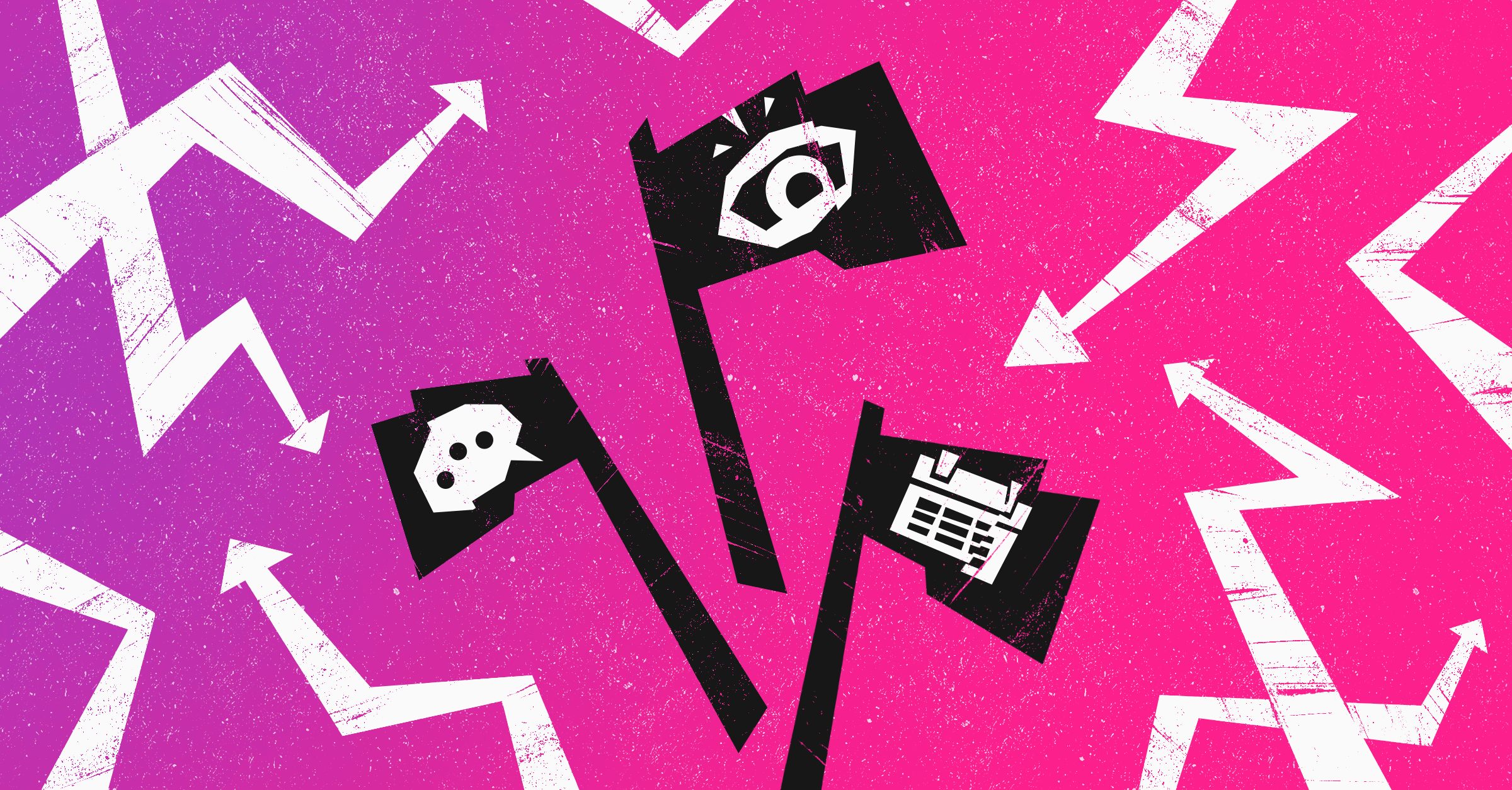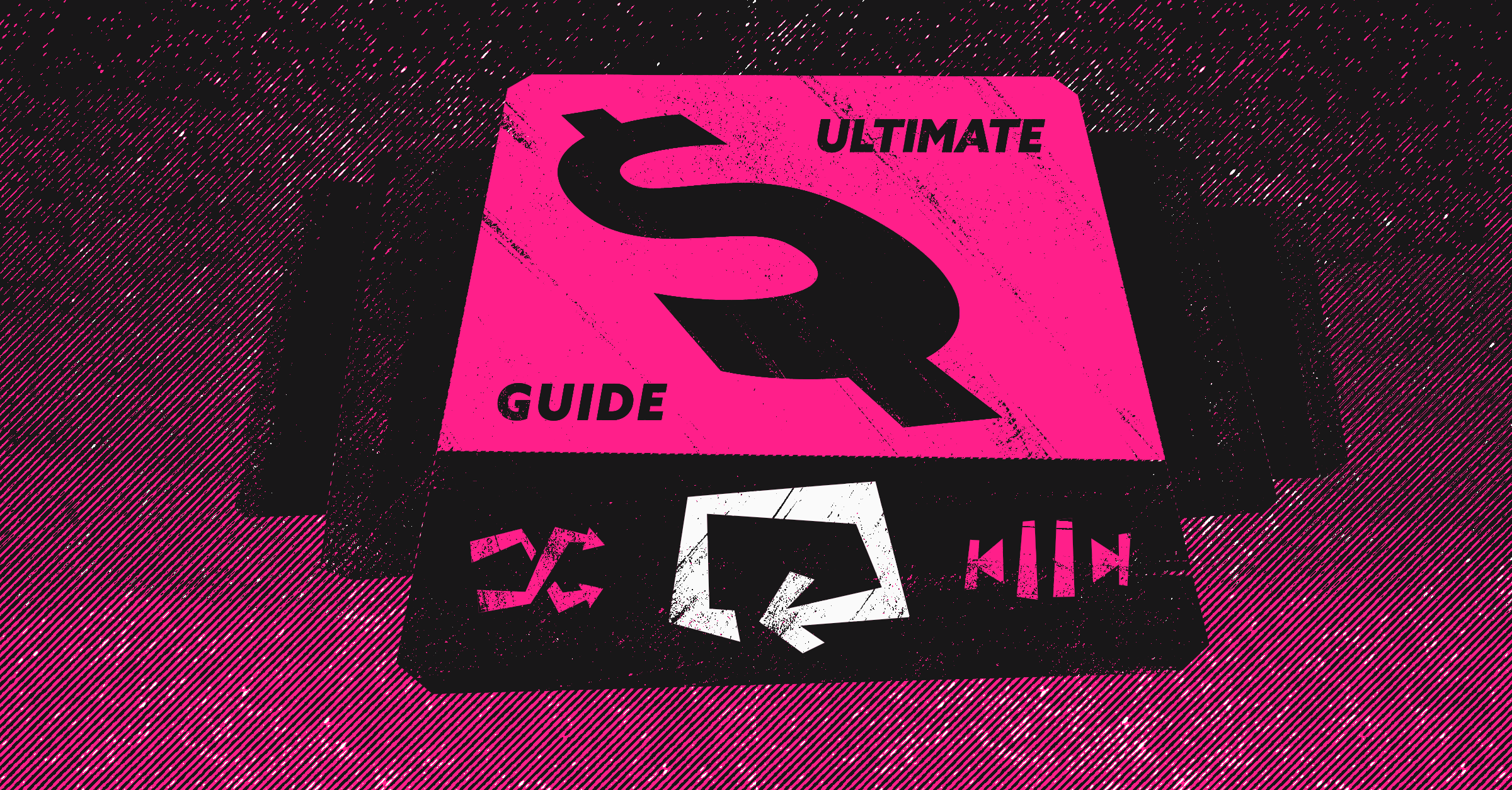
Cold emails are a tricky thing to get right. By now, we’ve all become more than used to opening our inboxes and deleting emails indiscriminately.
So, how do you save your sales email from the virtual trash can?
That’s what we discussed in this episode of The Revenue Playbook. Will Allred, Co-Founder and COO of Lavender, joins the podcast to share his expertise and advice on the dos and don’ts of cold emails. Lavender is a sales email assistant that helps you write more impactful emails with the power of AI.
As someone who’s seen a lot of cold emails done poorly, Will explains why we need to shift focus from getting a sale or triggering an action to building a conversation and relationship instead.
Keep reading to hear Will’s tips for success, or press play on the podcast player below.
Or watch the full video of the episode here:
What’s wrong with the average cold email?
Sometimes the best way to learn how to perfect something is to learn what not to do. Will breaks down the top three mistakes he sees salespeople making with cold emails.
1. They’re way too long
His first piece of advice is to simply “say less.” Most emails are far too long. No one wants to read a novel-length email – that much we know. But did you know that even a 150-word email is sometimes too long?
When in doubt, opt for a short 25–50-word email. Will says this can boost your chance of getting a response by about 65%!
2. They’re too complex
Simpler is always better when it comes to any marketing material or sales email. Don’t assume that the recipient knows everything you do. And don’t make the mistake of thinking fancy phrases or words makes you sound better or smarter.
In most cases, it just confuses the reader.
According to Lavender’s data, most responses come at a fifth-grade reading level. So, aim for that.
3. They’re too self-assured
Confidence is great, right? Every sales rep wants to come across as confident and knowledgeable. But Will has found that sometimes a more tentative approach is best.
In cold email specifically, if you come across as more unsure and approach people more tentatively, you’re going to get more responses.
Cold email goal = get a response
Sometimes it’s easy to lose sight of what a cold email is really for. Many in the sales world would love an instant response, a signup, a shiny new sale, but most people just don’t work that way.
When was the last time you read a cold email and immediately whipped out your credit card?
Instead, Will suggests reshaping how we think about cold emails. In his eyes, the ultimate goal of a cold email is to just get a response.
The amount of time a recipient looks at an email is, on average, around 11 seconds. The more information or requests you pack in there, the less likely you are to get a response.
So, keep things simple, and instead of pushing, try to pull. Instead of informing try to create curiosity.
Subject line best practices
First impressions are everything, and the subject line is one of the first things a recipient will look at.
They’re also one of the hardest things to write.
We’ve become so used to getting countless cold emails that we’ve all got a mental spam filter. Anything that looks too salesy hits that filter and usually doesn’t get past. So, how do we avoid it?
Things to avoid:
- Numbers
- Questions
- First names
- Commands
- Superlatives
But all of these things add personalization and curiosity into the mix, right?
Maybe that worked years ago, but we’re pros at spotting cold emails now.
The problem with numbers: Having stats or a line like “increase your output by 2x” in your subject line immediately ring alarm bells. According to Will, you’ll get 80% fewer opens for your emails.
The problem with first names: Will says that no one, besides salespeople, will email you with your first name in the subject line. In fact, it can reduce your chance of a response by about 18%.
The problem with questions: Think starting with a question is a good idea? Think again. Having a question mark in your email subject line can reduce your open rate by about 56%.
The problem with commands: Lines like “boost your sales by X today” just tip the reader off that it’s a cold email.
The problem with superlatives: Saying things like “better emails” or “improved rates” sound like they’re coming from an external vendor who wants to sell you something, which usually gets caught in the mental spam filter.
What’s the alternative? In most cases, Will says you’re better off keeping it super boring. Instead of a subject line like “improve email open rates,” start your subject line with “email template.”
How to start an email
Once you’ve got a recipient past the hurdle of the subject line and into the email itself, how you start the email is crucial.
Will likes to start his emails off with context. If you think about how people process information, the best approach is to meet them where they are right now.
Salespeople are often a few steps ahead of the prospect. As a salesperson, you already know why they need your solution or product…but they don’t yet. So, instead of talking about the solution first, go back to how you know they need it.
How did they get to where they are right now? That’s why Will uses observations in his emails to show he recognizes where the recipient is now and how they got there before zooming ahead to the solution right away.
What makes a perfect CTA?
Rounding a cold email off is usually the traditional call to action line. This part is also tricky. You don’t want to ask too much, or they just won’t do anything.
But Will has a different approach to CTAs. He suggests asking yourself, do you really need to drive action right now?
Remember, cold emails are about a response, not necessarily an action. Instead of CTAs, Will says CTEs are sometimes a better fit.
CTEs or call to engagement lines are about how to get the dialogue going. Everything else can come later, but you need to start that conversation and build that connection first and foremost.
Will’s tips on finishing an email include:
- Avoid open-ended questions – Yes or no is usually better (and easier to answer).
- Try a CTE instead of a CTA – Instead of “follow this link to sign up,” try something like “is your team using anything to help you solve X right now?”
- Use conditional statements – Not every CTE or CTA has to be a question. Ending a statement with a period has similar response rates. A conditional statement is something like “if X applies to you, let’s connect.”
There’s no doubt about it, cold emails are a tricky thing to master. And there’s a good chance the tried-and-tested tactics you’ve heard about previously are a little outdated when paired up with our mental spam filters. But by following some of Will’s tips, you can start perfecting your cold emails.
For more, be sure to check out the full episode at the top of the page.
See Dooly.ai in action and learn how to win more deals by trying out a demo today.
Join the thousands of top-performing AEs who use Dooly every day to stay more organized, instantly update their pipeline, and spend more time selling instead of mindless admin work. Try Dooly free, no credit card required. Or, Request a demo to speak with a Dooly product expert right now.


